Building components typically damaged by hail
Hail damage is not isolated solely to roof membrane. Many other building components are even more vulnerable, and the oversight of this damage can severely compromise performance, service life, and property values.
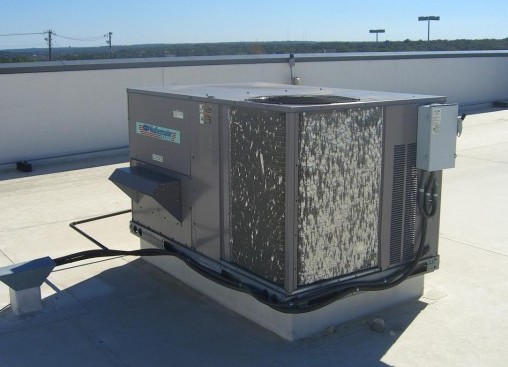
HVAC coils
HVAC coils are very delicate, and even small hail can flatten coils, reducing their efficiency. Combing out light damage can potentially restore some of the lost efficiency, but deeper indentations created by medium and large hail stones generally damage HVAC coils beyond the point of repair (as depicted below).
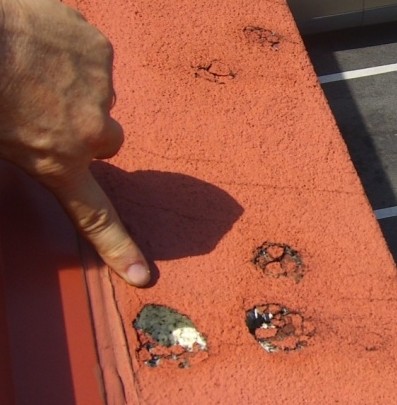
Exterior Insulated Finish Systems (EIFS)
EIFS is especially vulnerable to hail damage. Flat horizontal surfaces, such as the tops of parapet walls and window sills, typically exhibit the highest level of damage. Vertical surfaces can also be damaged when hail is accompanied by wind. Moisture entering these breaches in the EIFS’s waterproofing layer can become trapped, creating a breeding ground for mold, and leading to large repair bills and even larger headaches.
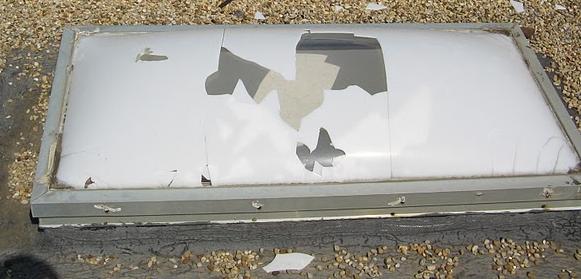
Skylights
Aged skylights are often made of Acrylic or PVC and are extremely vulnerable to cracking or shattering when impacted by small to medium size hail stones. In the past, managers have used skylight breakage as the trigger to inspect their roof for hail damage. While somewhat functional, this method still results in a significant amount of overlooked hail damage. However as the durability of skylights increases with the use of Impact Modified Acrylics, continued reliance on this method will cause even greater hail damage oversight.
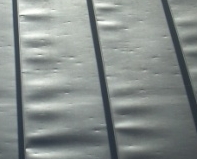
Standing Seam Metal Roofs
Metal roofs sustain damage in 3 ways from hail. 1) Because metal roofs are often used as architectural accents to properties, the damage can compromise the building’s aesthetic appeal. 2) Larger hail can cause deformation at seams and end laps resulting in leaking. 3) Factory and field applied finishes can also be damaged, leading to losses from peeling and rusting that often do not show up for years.
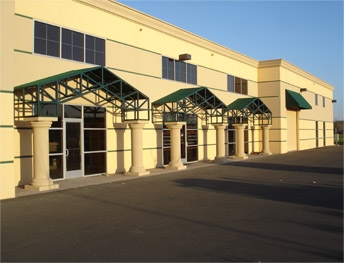
Canvas Awnings
Newer canvas awnings are surprisingly resistant to hail damage, but as they age, their resilience is diminished, leaving them vulnerable to holes and tears from even small hail.
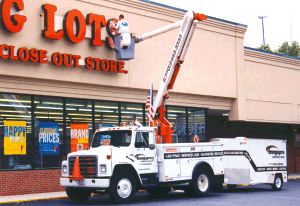
Signage
Like skylights, older signs are made from acrylic. Over time the aged acrylic loses its resistance to impact and becomes vulnerable to damage from even the smallest hail stones.
All of the above mentioned building components have a different resistance to hail damage, and for some, their resistance to damage diminishes with age. Most hail damage is not as visible as depicted in the above photos, but can lead to building systems failures just the same. Without a reliable monitoring, reporting, and inspection system, building owners remain vulnerable to unnoticed hail damage, overlooked insurance claims, and thus unnecessary increases in capital expenditures.